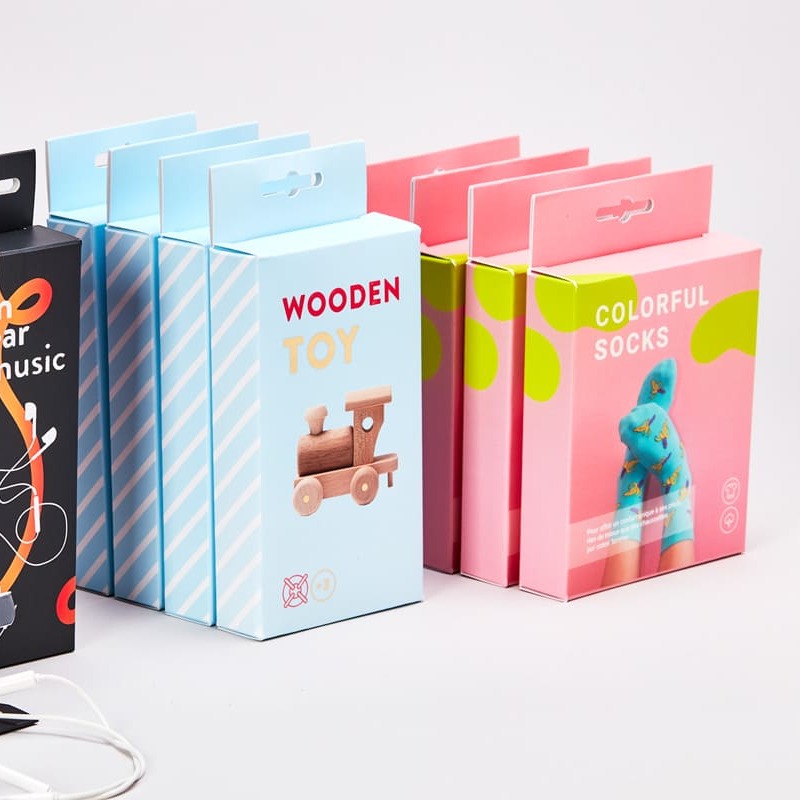The Importance of Pizza Box Packaging
When it comes to food delivery, especially for one of the world’s most beloved foods—pizza—packaging plays a crucial role in the overall experience. The pizza box, often overlooked, is not just a functional item but a vital component that impacts both the taste and presentation of the pizza. In this article, we explore the significance of pizza box packaging and its influence on customer satisfaction, branding, and sustainability.
Preservation of Quality
One of the primary purposes of pizza box packaging is to preserve the quality of the pizza. A well-designed pizza box protects the pie from external elements, ensuring that it arrives hot and fresh. The construction of the box, typically made from corrugated cardboard, not only provides insulation but also allows for ventilation. These design elements help prevent the buildup of moisture, which can lead to a soggy crust. When a pizza is packaged properly, customers can enjoy the delicious, crispy texture that is essential for the perfect slice.
Branding Opportunities
Pizza box packaging also serves as a powerful branding tool. Many pizzerias invest in custom-designed boxes that showcase their logo, slogan, or even unique artwork. This creates a visual identity that helps distinguish their brand in a competitive market. Creative designs can leave a lasting impression on customers, encouraging them to choose the same restaurant for future orders. Additionally, eye-catching packaging can enhance the overall dining experience, making it feel more special and memorable.
Moreover, packaging can make a statement about the brand's values and commitment to quality. Many pizzerias now incorporate information about their sourcing practices, such as using locally sourced ingredients or eco-friendly packaging. This transparency not only enhances the brand image but also builds trust with consumers, who are increasingly looking for ethical dining options.
Sustainability Concerns
pizza box packaging

As awareness of environmental issues continues to grow, sustainability in pizza box packaging has become an essential consideration for many businesses. Traditional pizza boxes are often made from materials that are not easily recyclable, contributing to waste in landfills. In response, many pizzerias are now exploring alternative packaging solutions made from recyclable or compostable materials.
Biodegradable food packaging and eco-friendly inks are gaining popularity as sustainable options that minimize environmental impact. By opting for greener packaging solutions, pizzerias not only reduce their ecological footprint but also appeal to environmentally-conscious consumers who prioritize sustainable practices in their purchasing decisions.
Innovation and Design
Innovation in pizza box design has also played a role in enhancing the overall pizza experience. For instance, some companies have developed boxes with built-in slice holders or compartments that facilitate ease of serving. Others have created boxes that can be transformed into plates, providing added convenience for customers who may not have access to utensils or dining ware.
Additionally, the use of technology in packaging has begun to gain traction. There are now smart pizza boxes equipped with QR codes that can provide customers with interactive content, such as special offers, nutritional information, or suggestions for beer pairings. This not only engages customers but also enhances their overall dining experience.
Conclusion
In conclusion, pizza box packaging is more than just a means to get food from point A to point B; it is an integral part of the pizza experience. Ensuring quality, providing branding opportunities, addressing sustainability concerns, and embracing innovative designs are all crucial aspects that contribute to customer satisfaction. As the food delivery industry continues to evolve, pizza box packaging will undoubtedly play a vital role in shaping the future of the dining experience.



